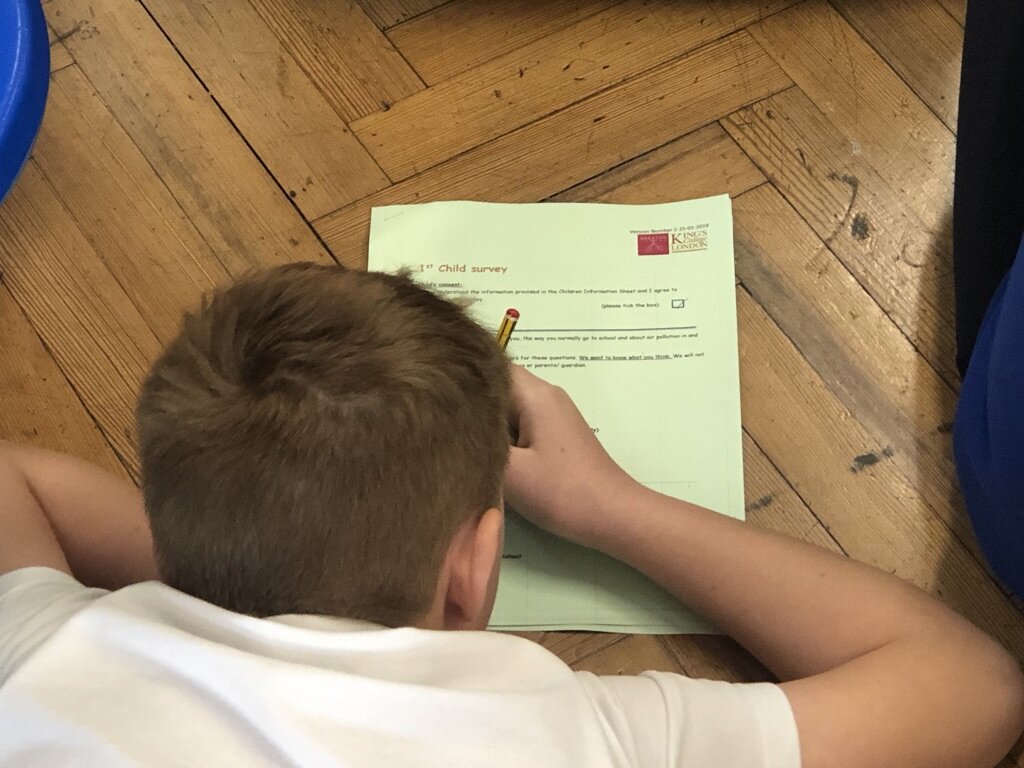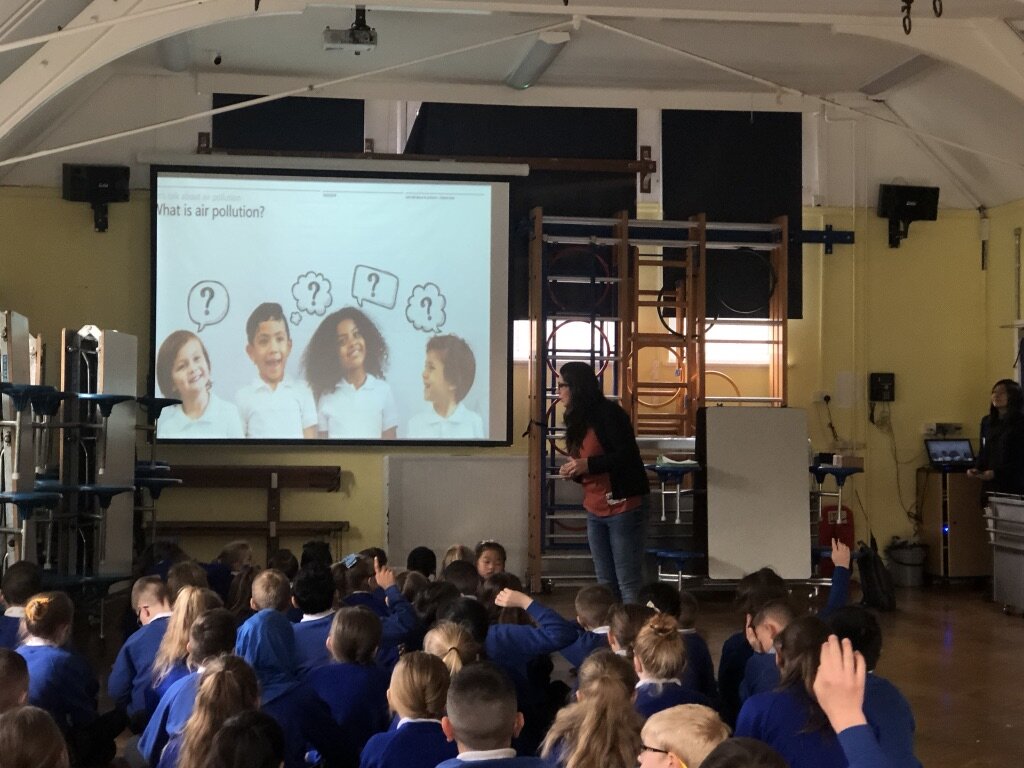Breathe London Pilot Data
The Breathe London pilot was funded by the Clean Air Fund and delivered by a consortium led by Environmental Defense Fund Europe with partners including Google and the Environmental Research Group at their former home at King’s College London. The pilot Breathe London project was devised by City Hall, the Children’s Investment Fund Foundation and C40 Cities – the leading global alliance of cities committed to addressing climate change.
Breathe London Wearables Study
During spring 2019, five London primary schools from the boroughs of Richmond, Greenwich, Haringey, Hammersmith and Fulham and the Royal Borough of Kensington and Chelsea took part in the Breathe London: Wearables study
The aim was to characterise London's school children’s exposure to air pollution and to present this information in a way that the school community could directly relate to. The five participating schools were part of the 2017 Mayor’s School Air Quality Audit Programme, carried out in 50 primary schools located in the most polluted areas of London.
Over 250 children and 33 teachers across the five schools were given wearable sensors to carry to and from school for a period of five school days.
Throughout this project, the participating children had access to air quality educational lessons delivered by Imperial College London’s air quality scientists and Dyson engineers.
Children learned about air pollution causes and effects and about how air pollution is normally measured by scientist and how they themselves could be a ‘scientist’ too by helping measure air pollution using special back packs with state-of-the-art air quality sensors inside.
Thanks to our enthusiastic and dedicated young air quality scientists, and the support of their teachers, we were able to gather 490 million measurements!
This uniquely data set has given us the opportunity to compare the different routes and modes of transport used by the children and adults, allowing us to quantify different exposure levels.
The data gathered will also help us determine where children may be exposed to elevated concentrations, which forms of transport are more polluting, and to contrast air quality within and surrounding the school.
Using the findings from the Breathe London project, the James Dyson Foundation developed a free educational resource: Engineering solutions: Air pollution
There are resources for primary and secondary school. Students work like real engineers investigating the problem of air pollution around their school and evaluating existing solutions.
Participating schools have received a brief summary of their findings and we have also conducted surveys and focus groups with children and parents, to assess the impact that taking part in this project has had on their views and perceptions of air pollution.
This project has been an exceptional opportunity for primary school children to learn about air pollution through science lessons and to actively contribute to the gathering of air pollution data, becoming an active part of the research process.
Full results of the study, together with a set of recommendations of how children can reduce their exposure to harmful pollutants can be found here.
The air pollution monitoring backpacks were designed and provided by Dyson Ltd following a competitive selection process. Full details of the sensor evaluation reports can be found below:
AirBeam2 Evaluation
Dyson Evaluation
Flow Evaluation
PAM Evaluation







